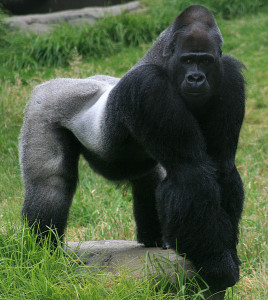I’d like to take a minute to examine this common claim of creationists. When creationists claim “X is still a Y.” They are using this as an argument against macro-evolution. That is that species can change over time and maybe speciation can occur[1], but larger changes between higher taxonomic groups don’t occur. In other words, birds are birds and didn’t evolve from dinosaurs.
First of all, the evidence for this is pretty overwhelming. With more and more fossils being discovered and carefully analyzed[2]. And, so far, no one has ever discovered anything that would prevent a species from changing radically over a long period of time. This, of course, considers that only speciation happens. Over time those new species become so different from their cousins that we don’t recognize them as being the same species, genus, family, order, class, phylum, or kingdom. Keep in mind too that all these taxonomic groups are purely artifacts of humans’ desire to categorize things.
The example I give in the title, “It’s still a dog” is pretty straightforward. Dogs give birth to dogs. When will a dog give birth to “not a dog”… never. However, as we look back in time from the future, there will come a point at which we will say, “This group of dogs can no longer interbreed with this other group of dogs. We didn’t see it at the time, but we see it with the benefit of hindsight. We can now call those two groups different species/genus/whatever.”
At no point will be actually able to say, “That puppy that was born is no longer a dog. It’s something else.” Life doesn’t work that way. It’s a continuum. Consider this (which I can’t seem to find the original author of, if you know, please tell me so I can attribute it properly).
It should be obvious that small changes over time can result in huge deviations from the original. These changes don’t have to be giant, obvious structural changes that produce a cat from a fish.
I was also thinking about the imprecision of the claim that creationists make. I’ve used an example of dogs in the past and had creationist claim that “It’s still a dog.” The idea here is that there is a continuum of dogs ranging from monster great Danes to minuscule tea-cup chihuahuas. If those were the only two types of “dog”, then I think it would be reasonable to say that they were two different species.
Just like reading only the first sentence and the last sentence in that paragraph above. If you do that, then it’s obvious that there has been a huge color change. If you were to remove all the other breeds of dogs, then there is such an obvious difference between great Danes and tea-cup chihuahuas that they can’t interbreed.
They are still ‘dogs’, but they are two independent species of dogs now. The genes in one population can no longer be mixed with genes from the other population. Over time, the differences will become greater and greater until we have forgotten that they used to be the same species.
That example of creationist thinking is a little difficult for most people to imagine. However, I’ve used another example in my various discussions. That of “monkeys”.[3]. It’s still a monkey was a response when I presented some evidence of human evolution from a few million years ago.
But “monkey” is such an imprecise term. According to Merriam-Webster a monkey is a non-human (this includes the apes) primate, excluding lemurs and tarsiers. So, there are three groups of primates that are not included when using the word monkey.
The rest of the monkeys fit into six families with roughly 267 species. So, when the creationist says “It’s still a monkey” they are including a huge variety of animals, including things that would be considered to have macroevolved from a common ancestor.
These are monkeys:
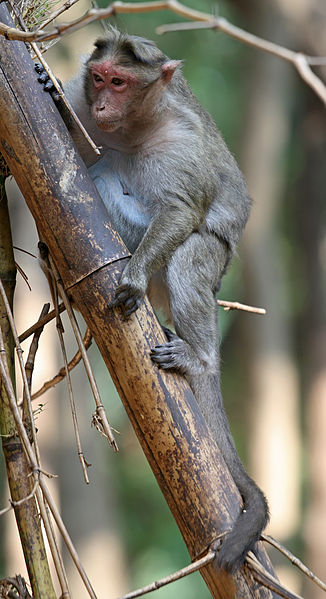
source: Muhammad Mahdi Karim
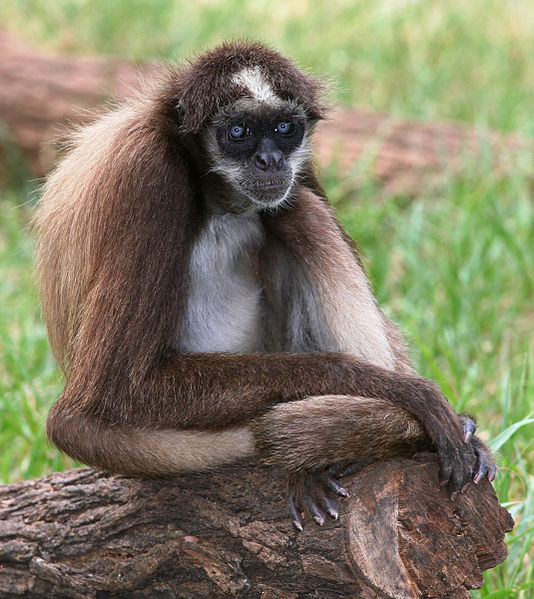
source: http://www.birdphotos.com edit by Fir0002
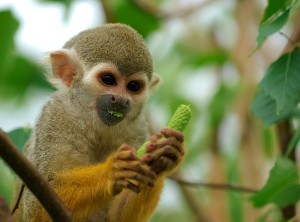
source: Luc Viatour / www.Lucnix.be
These are NOT monkeys
- Male silverback (Gorilla gorilla)
source: Brocken Inaglory
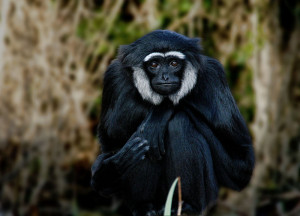
source: Julielangford
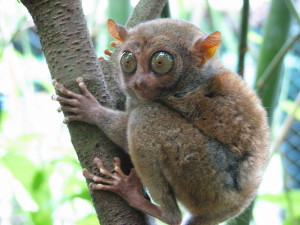
source: mtoz
There are some very specific anatomical and behavioral (not to mention geographic) differences between these different species. But some are monkeys and some are not. So, when a creationist says “they are still monkeys”, they really don’t understand what they are talking about.
It gets worse. I often refer to Dr. Lenski’s Long Term Evolution project. This study has been going on for more than 20 years and has charted the changes in several populations of Esherichia coli bacteria.
One important outcome of this experiment has been the evolution of a strain of E. coli that has developed the ability to metabolize citrate. Since the inability to metabolize citrate is one of the defining features of E. coli. It should be obvious that this is major change from the species.[4]
But many creationist, when presented with this evidence of evolution use the standard mantra, “But it’s still a bacteria.” But what does that mean?
It means that it’s a single celled organism with a cell wall (most of the time). There are two entire domains of life that are exclusively bacteria. A domain is a taxonomic grouping even higher than kingdom. Every other living thing on the planet is in a third domain.
Current estimates give the domain Archea up to 18 phyla. The other bacterial domain, Bacteria, has about 52 phyla. To give you some perspective, the kingdom Animalia only has a total of 35 phyla, with an estimated 2,000,000 species. So every multicellular organism that moves on it’s own fits into those 35 phyla. And all animals with a backbone: humans, cats, fish, monkeys, sharks, birds, turtles, snakes, frogs, and salamanders all are in a single phylum.
So when that creationist said, “It’s still a bacteria”, what did they mean? I have no idea. It’s like me saying that the atmospheres of Earth and Venus are very different and a creationist saying, “But it’s still AIR!” Yes, its still air, but like argument by analogy, it’s an utterly meaningless comparison.
Perhaps they mean that the bacteria is still E. coli. But that doesn’t make any sense. That bacteria is defined as not able to metabolize citrate. If this new bacteria can metabolize citrate, then it’s not E. coli. Therefore it’s a new species, with a new ability. Yes, that’s all it takes. All someone has to do is write this up and say, it’s a new species… and it is.
Which is just further evidence that the creationists are fighting a losing battle. They aren’t arguing details and science, they are arguing semantics. Just because we call an organism by a particular name, that name doesn’t really mean very much. Scientists change the names and taxonomic grouping of organisms all the time.
It’s the organism that is important. It’s how it developed, how it came to be, and it’s relationship all the other organisms and groups of organisms that’s important. What we call it, isn’t that important as long as we know everyone is talking abut the same thing.
__________________
[1] Which they really must accept since it’s been shown to happen so many timed in the last few decades. If anyone is interested, I can provide dozens of peer-reviewed papers to show this.
[2] At least one recent paleontology blog post mentioned using laser scans of bones and bone fragments to provide exact data on dimensions for use in cladistic studies.
[3] Over time, I find myself becoming a cladist and imprecise groupings like “monkey” make me cringe now. Hence the quotes.
[4] I freely admit that the concept of species is very odd when considering bacteria.


